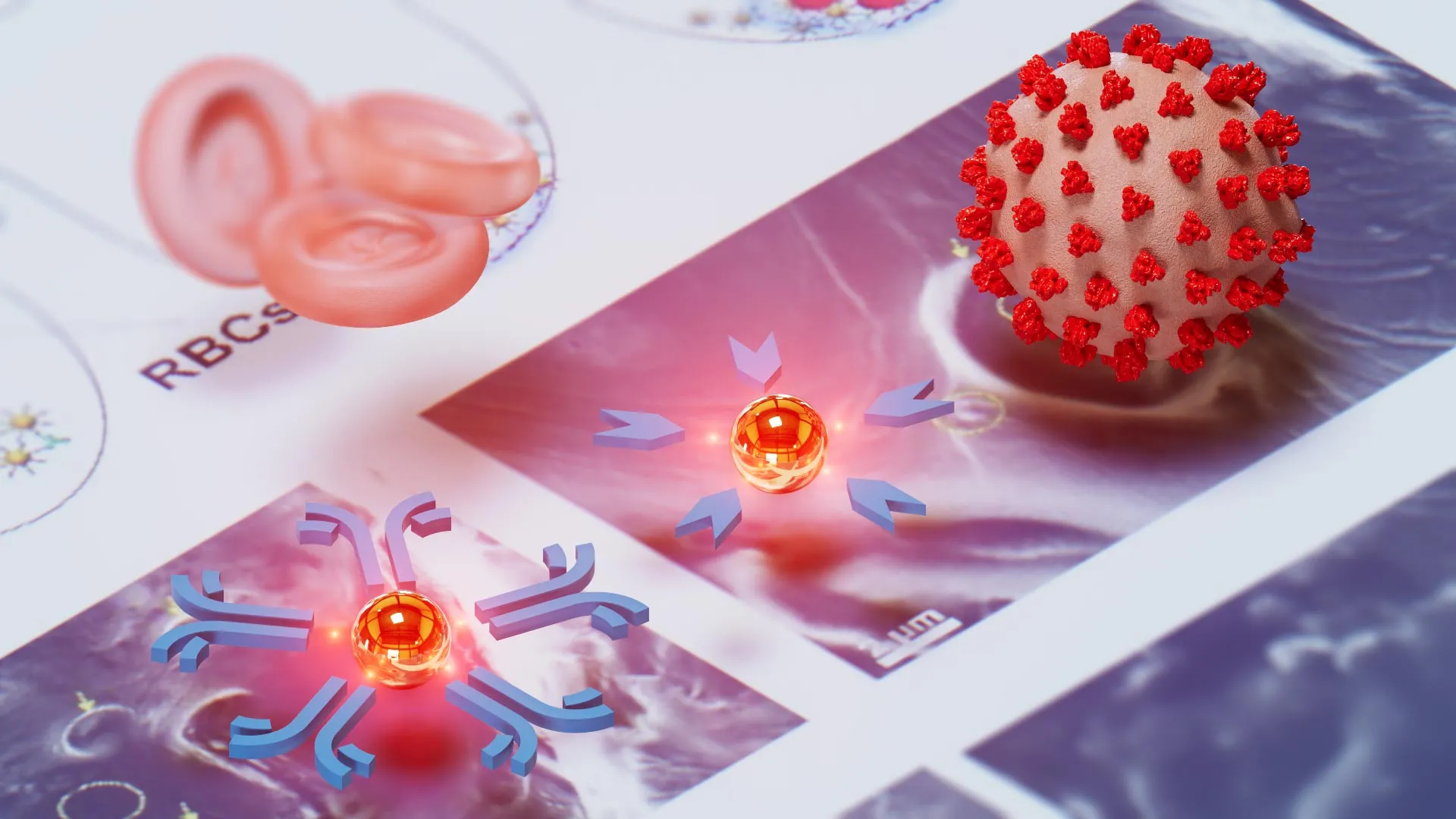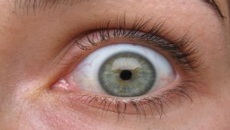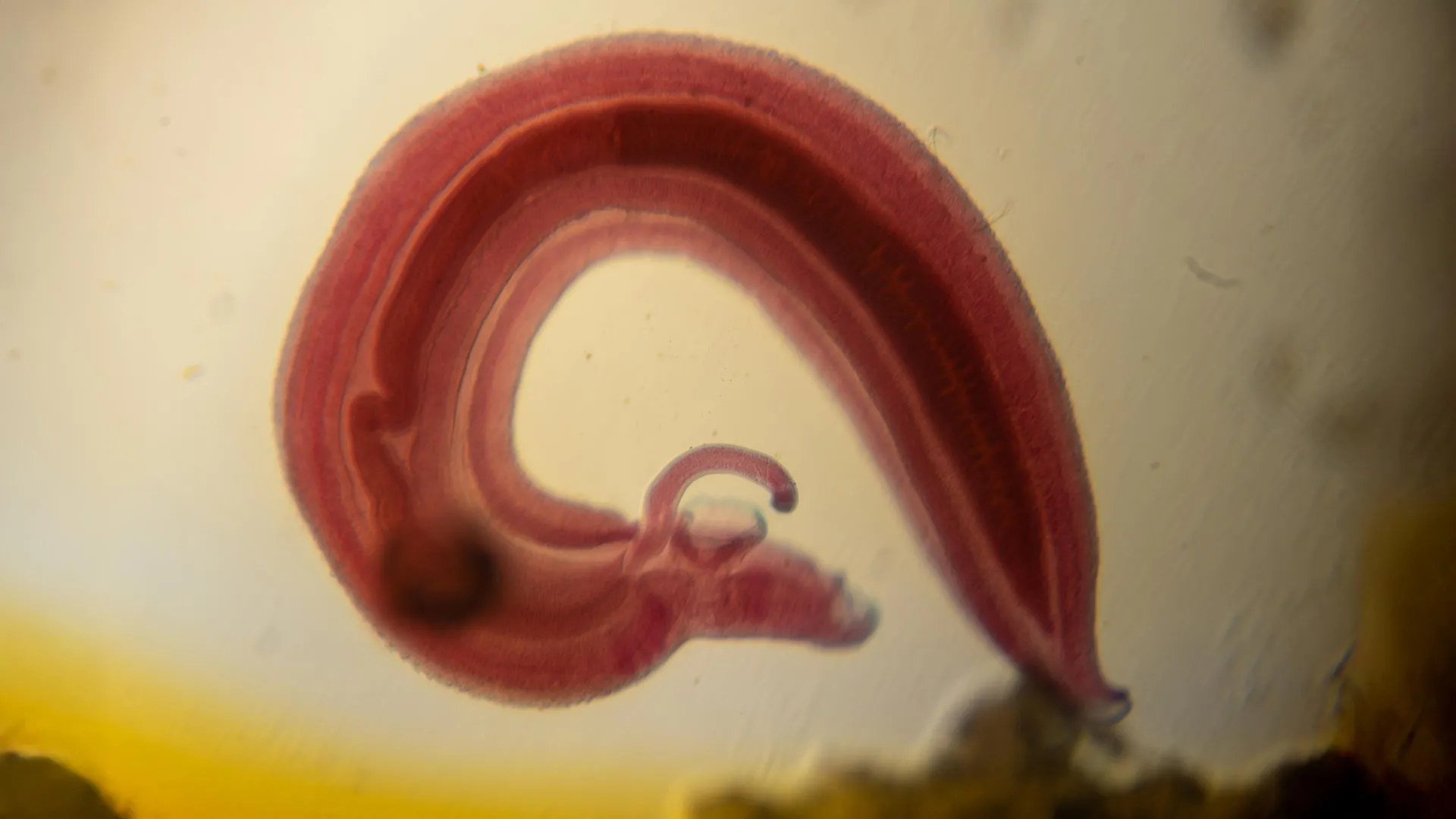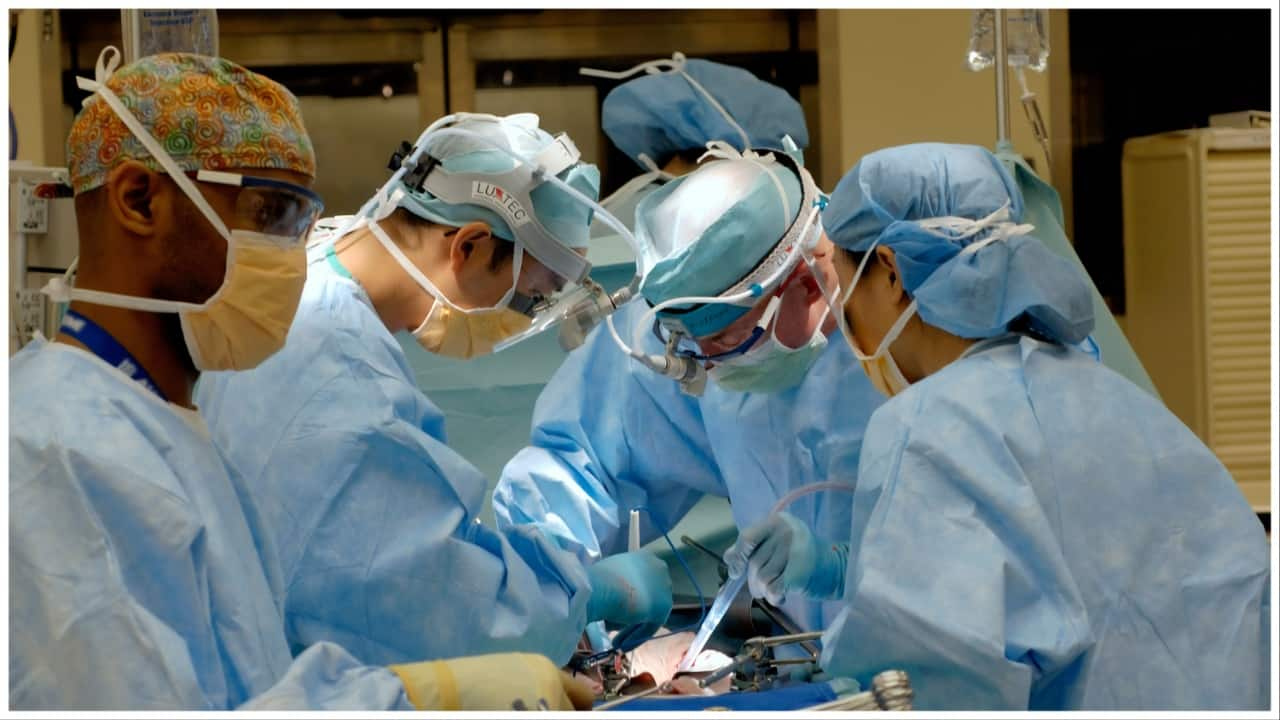Revolutionizing Diagnostics: This $2 Test Could Save Millions

Imagine a world where just a single drop of blood can reveal whether you have a deadly disease in just 15 minutes. Sounds like science fiction, right? Well, thanks to groundbreaking research from Arizona State University, this is about to become a reality.
Researchers at ASU have unveiled a remarkable diagnostic tool called NasRED (Nanoparticle-Supported Rapid Electronic Detection) that promises to revolutionize how we detect life-threatening illnesses like COVID-19, Ebola, AIDS, and Lyme disease. This portable device can deliver lab-quality results anywhere, whether it's a bustling urban hospital or a remote rural clinic, all for the price of a couple of dollars.
As lead author Chao Wang explains, "We have the speed and ease of use of a rapid antigen test with sensitivity that's even better than lab-based tests. This is very difficult to achieve." Wang, who is an associate professor at the Biodesign Center for Molecular Design and Biomimetics, is joined by a dedicated team of researchers who are driving this innovation. Their findings were published in the prestigious journal ACS Nano.
Infectious diseases pose a deadly threat globally, claiming over 10 million lives each year. In the U.S. alone, nearly 800,000 individuals die or face permanent disability due to diagnostic errors, many stemming from infections that could have been treated if caught early. For people in low- and middle-income countries, access to reliable diagnostic testing can feel like a distant dream, often hindered by expensive equipment and untrained personnel.
But with the NasRED test, frontline health workers could potentially identify infections early on, helping prevent outbreaks from spiraling out of control. This is especially crucial for populations at high risk, like those who use injection drugs, who may not have regular access to testing.
So, how does it work? At the heart of NasRED's innovation are tiny gold nanoparticles specifically engineered to detect minuscule amounts of disease-related proteins. These nanoparticles are combined with a small sample of blood or other bodily fluids, and a simple LED light helps determine if a disease is present. The test is impressively sensitive, able to identify diseases even when only a few hundred molecules are present — a concentration 100,000 times lower than traditional lab tests require.
The affordability of NasRED is equally remarkable. Each test costs around $2, making it an ideal solution for low-resource or remote locations. This device could fill the crucial gap in diagnostic capabilities, particularly for diseases like hepatitis C, HIV, and Lyme disease, which are often hard to identify early.
While the current iteration of NasRED requires small benchtop machines for sample preparation, the researchers are working diligently to miniaturize the process, with a goal of making it a convenient home test in the future. The potential applications of this technology are vast, ranging from early cancer detection to real-time monitoring of chronic diseases.
In terms of performance, NasRED has set a new benchmark. It boasts a sensitivity roughly 3,000 times greater than standard tests like ELISA and delivers results approximately 30 times faster. In fact, it achieved comparable sensitivity to some of the most popular molecular tests available today.
As Wang puts it, "One of the strengths of our sensor is that it's highly modular. We can easily swap in different proteins, allowing the same platform to be adapted for many different diseases." This adaptability means that NasRED has the potential to tackle not just infectious diseases but also other significant health threats as the technology evolves.
With innovations like NasRED on the horizon, the future of diagnostics is looking brighter than ever. Early detection of diseases could lead to better treatment outcomes and ultimately save countless lives.

























